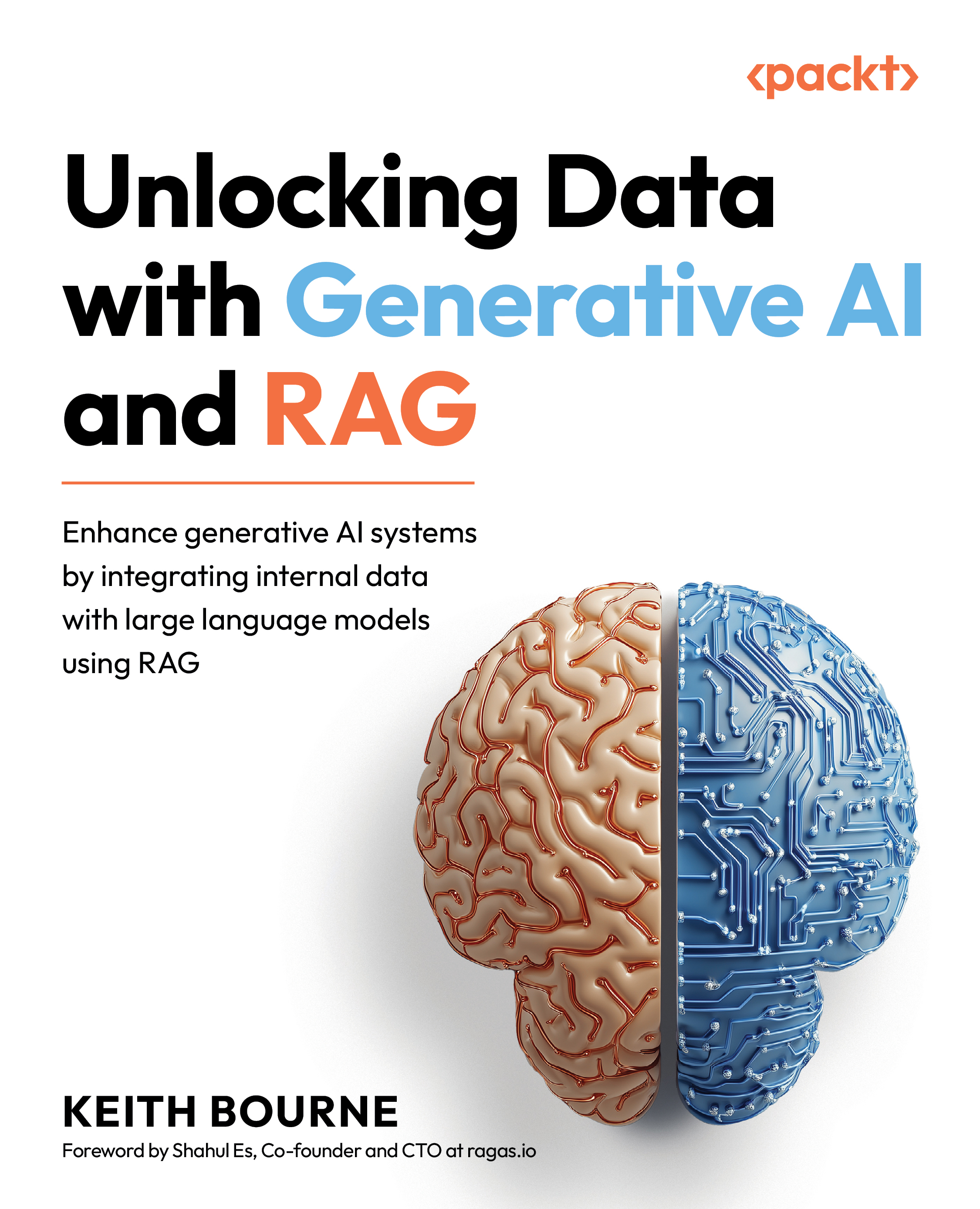Summary
In this chapter, we explored RAG and its ability to enhance the capabilities of LLMs by integrating them with an organization’s internal data. We learned how RAG combines the power of LLMs with a company’s private data, enabling the model to utilize information it was not originally trained on, making the LLM’s outputs more relevant and valuable for the specific organization. We also discussed the advantages of RAG, such as improved accuracy and relevance, customization to a company’s domain, flexibility in data sources used, and expansion of the model’s knowledge beyond its original training data. Additionally, we examined the challenges and limitations of RAG, including dependency on data quality, the need for data cleaning, added computational overhead and complexity, and the potential for information overload if not properly filtered.
Midway through this chapter, we defined key vocabulary terms and emphasized the critical importance...
































































